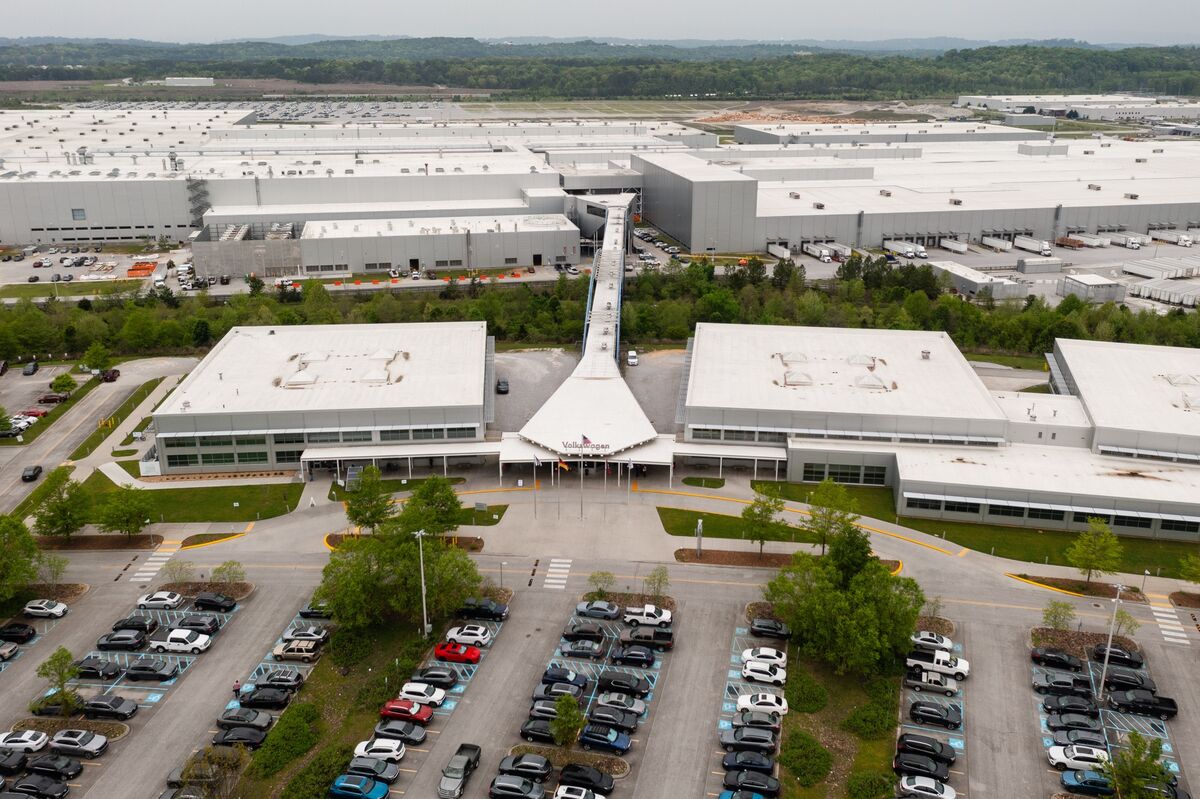
The Shifting Sands of Automotive Manufacturing: A Look at the US Market
The automotive industry is a complex beast, constantly adapting to shifting global dynamics. One significant factor currently influencing major players is the evolving landscape of manufacturing in the United States. While many companies have historically considered a balance between domestic and international production, recent developments suggest a renewed focus on American-based facilities, spurred by a complex interplay of economic pressures and political considerations.
For years, automakers have weighed the costs and benefits of building vehicles in different regions. Factors like labor costs, access to resources, and proximity to key markets all play a crucial role. Manufacturing overseas often offers advantages such as lower labor expenses and access to specific supply chains. However, this approach presents challenges too, including tariffs, transportation complexities, and potential political risks associated with relying on foreign production.
The United States, with its large consumer base and established infrastructure, has always held a significant draw for automakers. However, fluctuating economic policies and competitive pressures from other manufacturing hubs have often caused companies to prioritize production elsewhere. Now, a new equation is emerging, one that’s making the US a more compelling option for certain manufacturers.
This renewed interest in domestic production isn’t simply a matter of nostalgia. Several significant factors are at play. First, there’s the persistent focus on reshoring—the practice of bringing manufacturing operations back to the home country. This is driven by concerns about supply chain vulnerabilities highlighted by recent global events. Maintaining production closer to home offers greater control and reduces the risks associated with disruptions.
Secondly, government policies and incentives play a vital role. Governments often offer substantial financial support to companies that invest in domestic manufacturing, including tax breaks, grants, and infrastructure improvements. These initiatives aim to stimulate economic growth and create jobs within the country, making the US a more attractive investment destination.
Furthermore, the changing nature of the automotive industry itself is a key driver. The transition to electric vehicles (EVs) presents both challenges and opportunities. While establishing new EV production lines requires substantial investment, it also represents a chance for manufacturers to gain a competitive edge in a rapidly evolving sector. Governments are actively supporting EV manufacturing with incentives, further incentivizing domestic investment.
Finally, the political climate also contributes significantly. Regulations and trade policies can significantly impact production decisions. Any changes in these areas, whether they involve tariffs, environmental regulations, or labor laws, can sway the calculus for automakers considering expansion or relocation. Companies must carefully analyze these factors to determine the most cost-effective and risk-averse approach.
In summary, the decision of where to manufacture automobiles is far from simple. It requires a meticulous analysis of numerous variables, from labor costs and access to raw materials to government policies and geopolitical considerations. While international production will likely remain a significant part of the industry’s landscape, the current trends suggest a growing emphasis on the United States. This renewed interest in domestic manufacturing, driven by a confluence of economic, political, and technological forces, presents both challenges and opportunities for automakers and the US economy as a whole. The coming years will be crucial in shaping the future of automotive manufacturing in the US and globally.



Leave a Reply